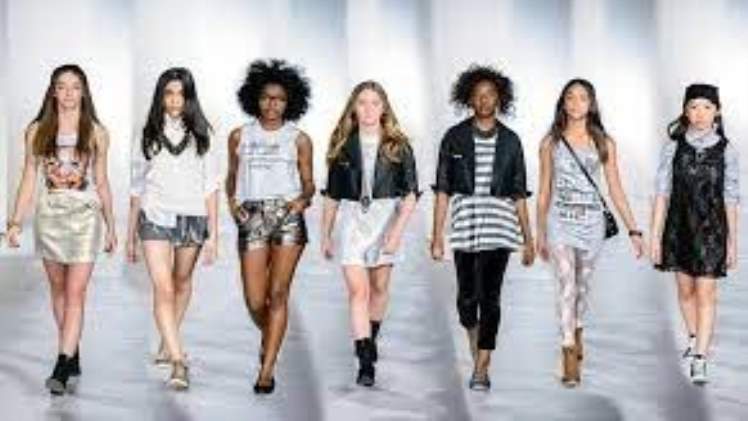The Evolution of Fashion

The principles of fashion are color, shape, line, and diffusion. Fashion is created to translate those principles into the human form. While a painting is stretched flat and painted to appear as it is, a handbag is shaped by the body. The body gives fashion materials movement. A garment, dress, or accessory can either support and constrain the human body, or allow the body to move freely. In addition, fashion materials are created with techniques such as draping and pleating, which allow the fabric to change with the body in time and motion.
Dissemination of fashion
A key part of the history of fashion is the dissemination of its ideas. Printed matter plays an important role in this process. Although it is ephemeral, it is nonetheless vital to the history of fashion. To keep up with the changing tastes of the people, style bureaux collaborate with major international museums and online bookshops to publish rare antiquarian fashion books. Whether these publications are online or physical, they can be an essential resource for researchers and enthusiasts alike.
Temporal nature of fashion
The temporal nature of fashion has many forms, but there are three main types of fashion change. A style may go out of style or become obsolete, and some styles will eventually return and be embraced by new target groups. These changes are known as trends and are often referred to as the “life-cycle” of a fashion trend. This article will explore these terms and their use by fashion journalists to describe the changing face of fashion.
The exhibition, 60 Minutes of Fashion, is organized in two galleries, each presenting a pair of garments. The primary work represents the linear nature of fashion, and the secondary work reflects the cyclical nature of the industry. The pairs of garments are connected by shape, motif, material, pattern, or technique. For example, a black silk satin dress with huge leg-of-mutton sleeves from the 1890s is juxtaposed with a deconstructed Comme des Garcons ensemble from 2004.
Influence of media on fashion
The influence of media on fashion is not limited to celebrity looks, but it does affect the way we dress. Often times a popular style can become popular and then quickly go out of style – think Britney Spears’s ’90s hairstyle. Social media allows ordinary people to see popular fashion trends. It can also help make our style more popular by exposing us to the latest trends. In this way, media influence fashion in an even greater way than just the media.
In a study on Mercedes Benz Fashion Week, researchers looked at the relationship between social media and fashion. Social media increased the exposure of the show and its attendees, as did social networks. Social media also allows people to discover new trends and brands. Because media influences fashion, brands should not be afraid to tap into this influence. They can be more successful than they think by leveraging the power of social media. So, what are the consequences of social media?
Impact of globalization on fashion
The globalization of the textile and clothing industry has influenced the way we dress and how we look. This era of globalization has reduced travel and communication costs and has changed the way fashion is developed. In addition, lean retailing has risen in popularity in many countries, combining lower transportation costs with technological innovations to increase the pressure on prices. In 2005, France removed textile quotas, facilitating the development of global fashion markets.
While globalization is supposed to lower costs and increase production speed, there have been negative effects as well. This trend has affected social sizing and the accessibility of information. On the positive side, globalization has improved production rates, reduced time lag between development and delivery, and facilitated the creation of individualistic approaches. On the negative side, it has resulted in the exploitation of labor in developing nations. The fashion industry, for example, is desperately trying to improve the working conditions of its laborers, particularly in Asia.

